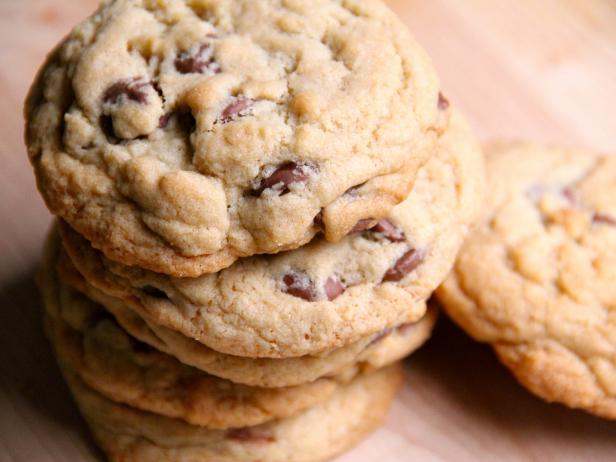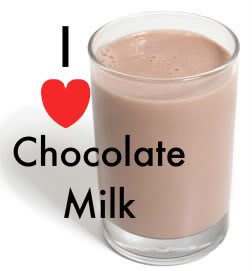Mămăligă (Romanian pronunciation: [məməˈliɡə] (About this sound listen)) is a porridge made out of yellow maize flour, traditional in Romania, Moldova, and Western Ukraine.
Historically a peasant food, it was often used as a substitute for bread or even as a staple food in the poor rural areas. However, in the last decades it has emerged as an upscale dish available in the finest restaurants.
Historically, porridge is the oldest form of consumption of grains in the whole of humanity, long before the appearance of bread. Originally, the seeds used to prepare slurries were very diverse as millet or einkorn.
Before the introduction of maize in Europe in the 16th century, mămăliga had been made with millet flour, known to the Romans as pulmentum. Moreover, the Romans ate so much of it that the Greeks called them pultiphagonides (porridge eaters).
Maize was introduced into Spain by Hernán Cortés from Mexico and spread in Europe in the 16th century. Maize (called corn in the United States) requires a good amount of heat and humidity. The Danube Valley is one of Europe's regions ideal for growing maize.
A Hungarian scholar documented the arrival of corn in Timişoara, Banat region, 1692.[3] In Transylvania, maize is also called 'cucuruz',[4] which could imply a connection between Transylvanian and Serbian merchants, kukuruz being a Slavic word.[5] Some assume it was either Şerban Cantacuzino[6][7] or Constantin Mavrocordat[8] who introduced corn in Wallachia, Maria Theresa in Transylvania[9] and Constantine Ducas in Moldavia[10] where it is called păpuşoi.[11] Mămăligă of millet would have been replaced gradually by mămăligă made of corn. The corn then become an important food, especially in the fight against famine which prevailed in the 17th and 18th centuries.[12]
Historian Nicolae Iorga noted that farmers of the Romanian Principalities grew corn since the early-to-mid-17th century.[13]






